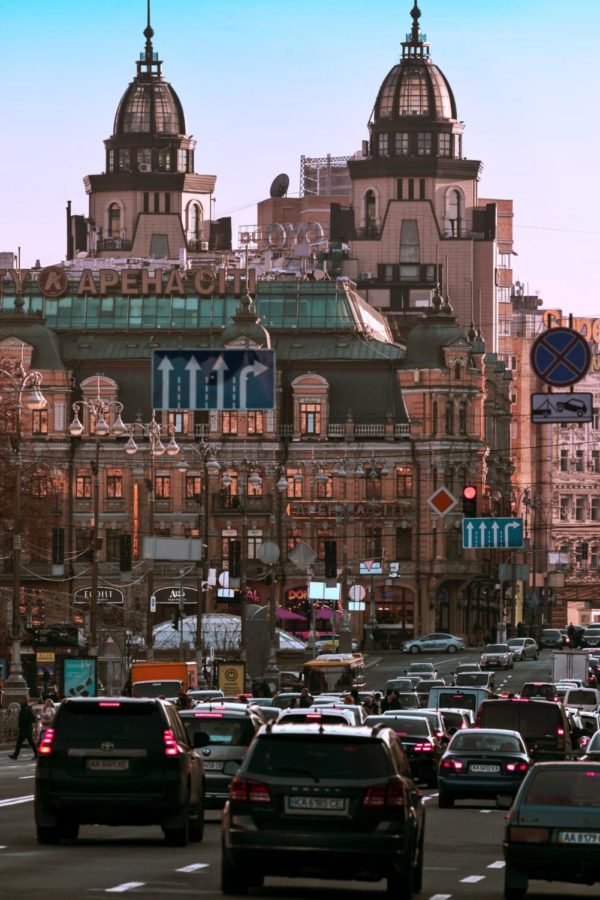An Overview of the Russia/Ukraine Crisis
March 21, 2022
In November 2021, satellite images revealed a new build-up of about 100,000 Russian soldiers along their border with Ukraine. Now, Russia has gathered as many as 130,000 troops along this border, raising concerns for a potential invasion of Ukraine. This change is most directly related to the rise of Ukraine’s new president, but its roots can be traced back to the collapse of the Soviet Union.
After the fall of the Soviet Union, NATO began expanding eastward, adding on many eastern European nations and the Baltic Republics that had once been part of the Soviet Union. As a result, NATO, an alliance originally created to counter the Soviets, directly borders Russia today. There were plans in 2008 to eventually enroll Ukraine, but they did not ultimately go into effect. However, Ukraine’s relatively new president, Volodymyr Zelensky, has indicated his intention to bring Ukraine into NATO.
Russian president, Vladimir Putin, calls NATO’s expansion “menacing,” and deemed the prospect of Ukraine joining the alliance an existential threat to his country. As Russia has become more militaristic and assertive, Putin’s push against NATO has become more strident. Specifically, Putin has cited the threat of American ballistics and soldiers being placed in Ukraine if it were to join NATO.
Putin has continually insisted that Belarus and Ukraine are fundamentally a part of Russia, both historically and culturally, and talks with Belarus of some form of reunification have gone on for years.
In 2014 however, East-West relations worsened dramatically, when mass protests in Ukraine toppled a pro-Russian president. Russia reacted by invading Ukraine and annexing Crimea, a peninsula in the Black sea which has long been a place of territorial contention. Moscow also instigated a separatist rebellion which took control of part of the Donbas region located in Ukraine. The 2015 Dondras cease-first was the culmination of these conflicts.
The standoff is, ultimately, about the future of Ukraine. But Ukraine is also a larger stage for Russia to try to rebuild its sphere of influence in eastern Europe and the world, and for Putin to cement his legacy. Putin would hope to show the west and Russians that the country is still a superpower, despite by most measures (nuclear weapon stockpiles and geography apart) it is a weakened medium-sized power.
Putin fears that the strategically important Ukraine, bordering Russia closely, is assimilating into the west. He objects to its growing closeness to NATO. Furthermore, He strongly opposes Kyiv’s developing links with the EU. From Russia’s perspective, it is also worse that Ukraine is growing more democratic.
In early December President Biden made clear that the United States would not send troops to Ukraine since, among other reasons, Ukraine is not a member of the NATO alliance and therefore does not come under its commitment to collective defense.
However, the United States responded by sending anti-tank and antiaircraft weapons to Ukraine and increased American military presence in NATO countries bordering Russia, putting 8,500 troops on high alert for deployment to Eastern Europe in the event of a conflict. Officials have also warned that the United States could potentially stand behind a Ukrainian insurgency should Putin invade Ukraine. Biden has also threatened Putin with “economic consequences like none he’s ever seen”.



